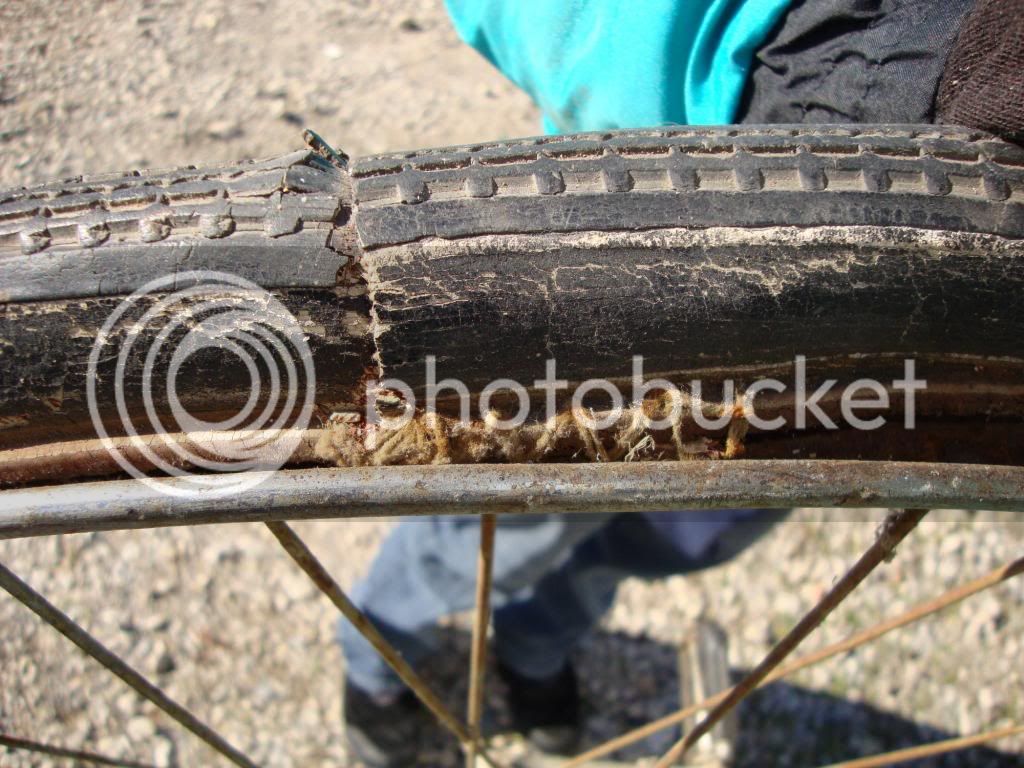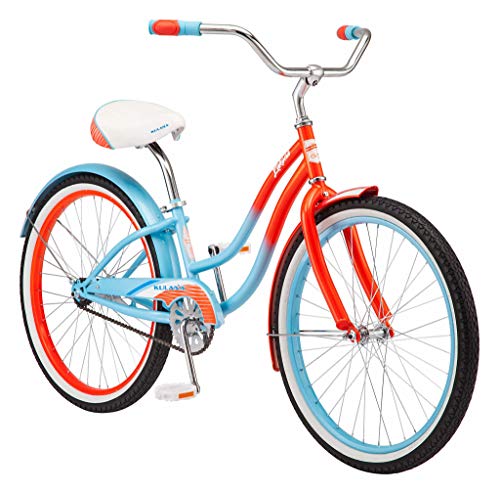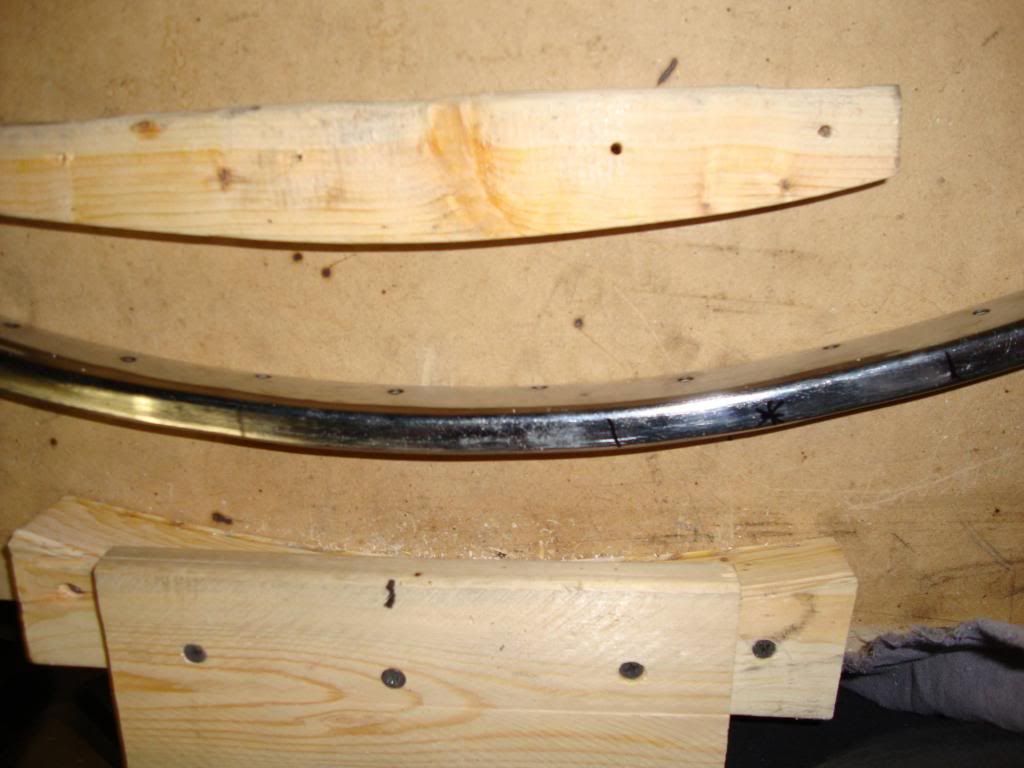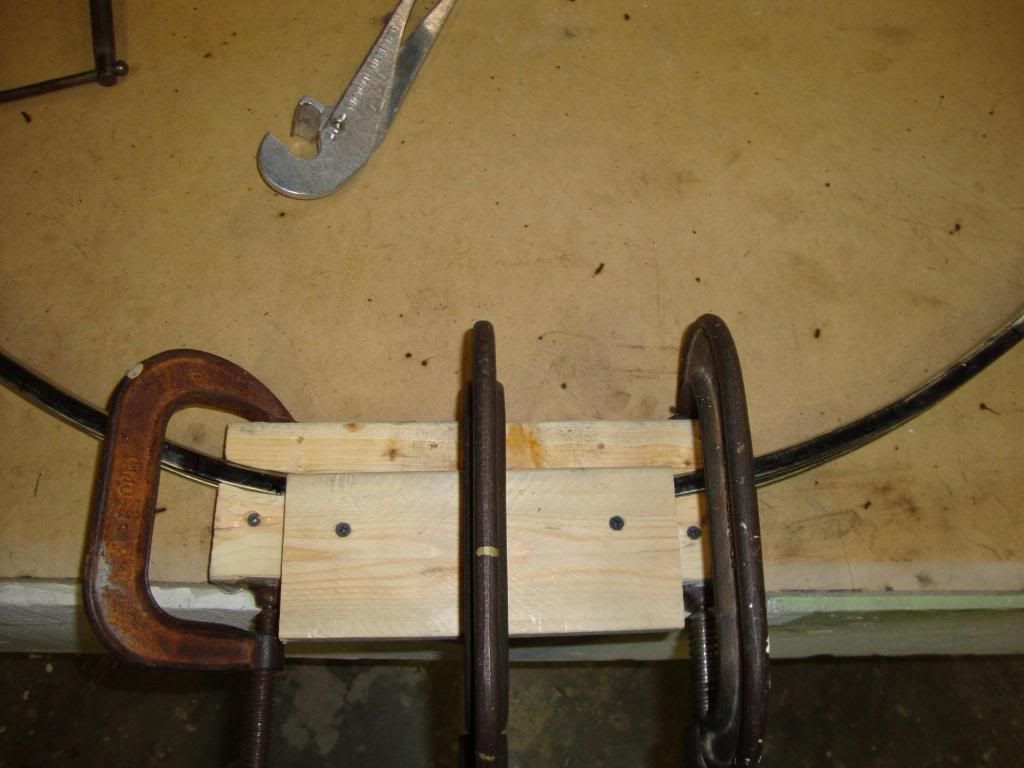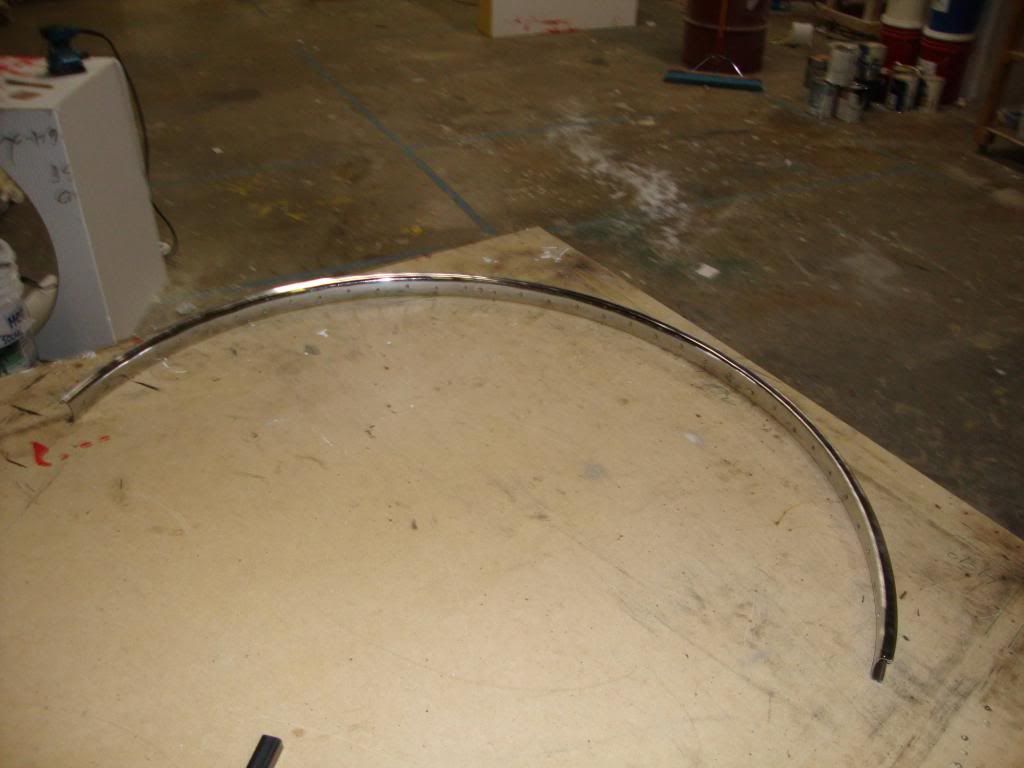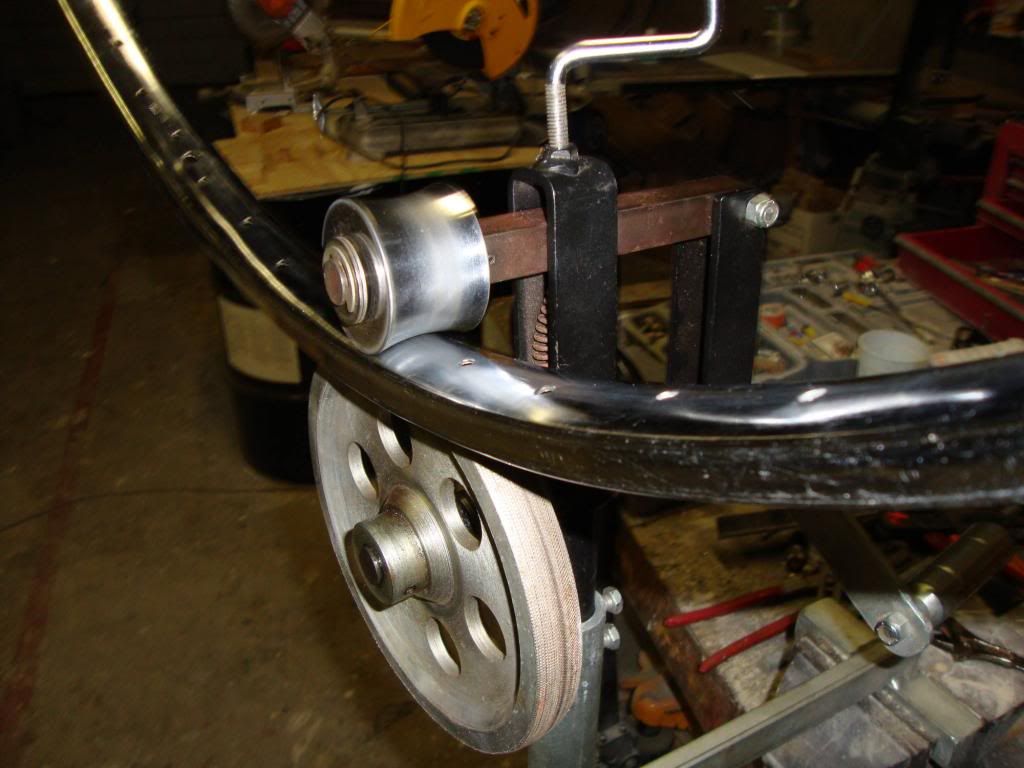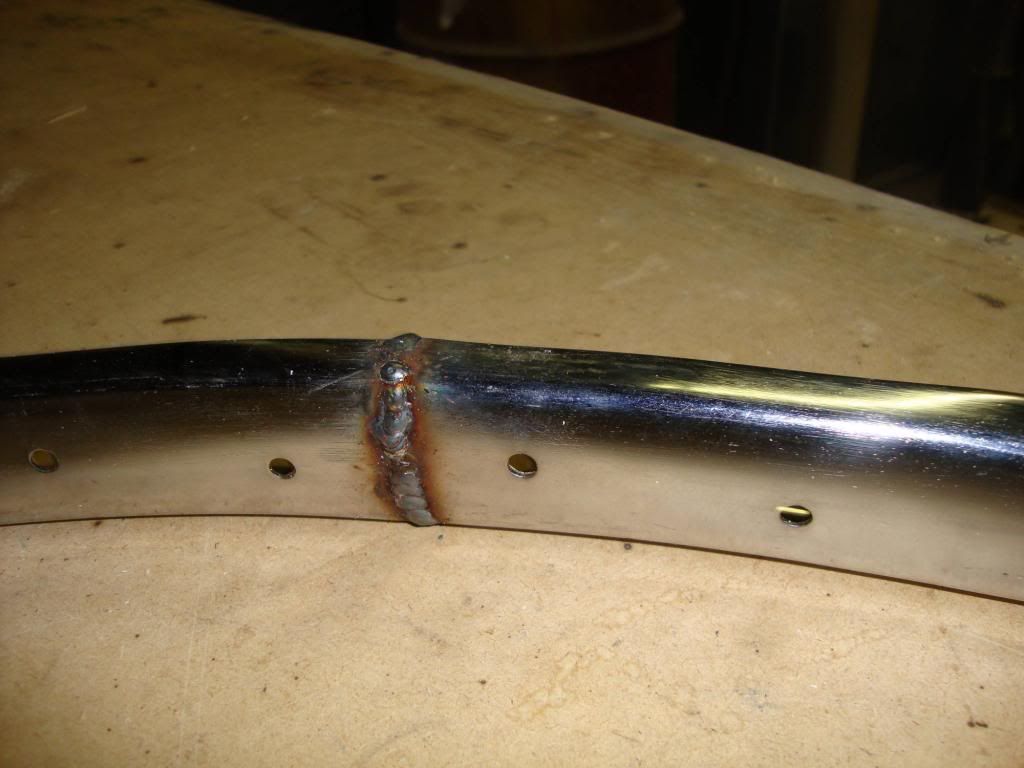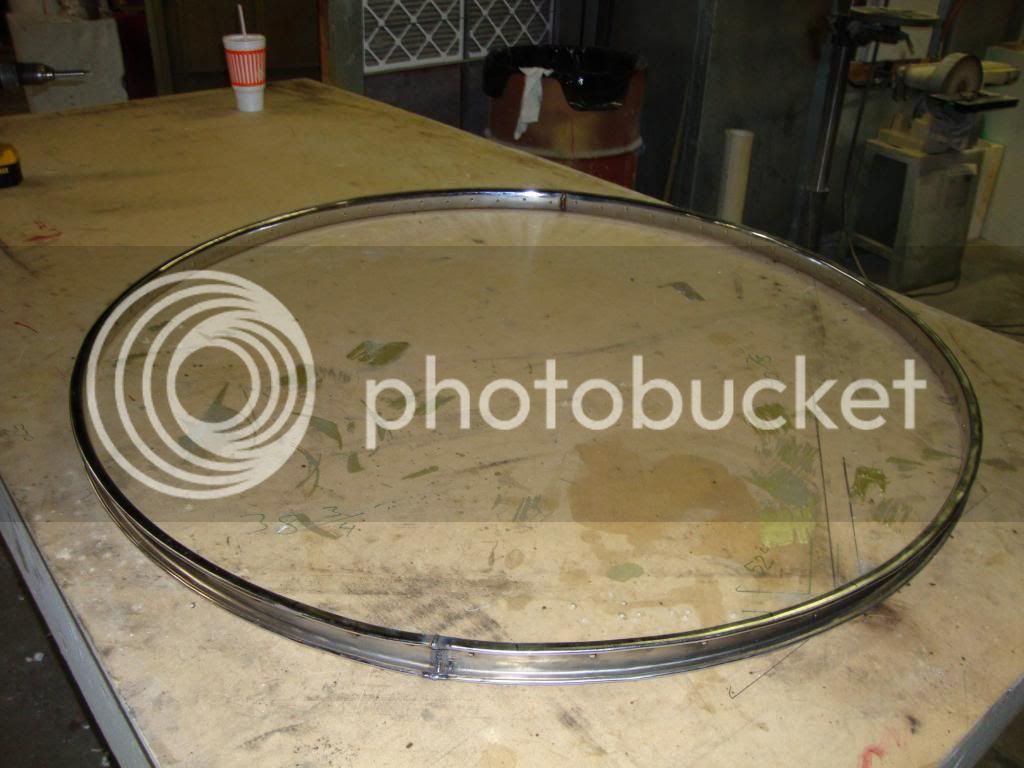I bought this thing over 15 years ago. It is in bad shape. Looks like it was shop built back in the 40's or 50's. It had old handlebars that where nothing but rust and the hand grips where made of bakelite. The seat was also too far gone to save. I wish I had gotten some photos of it when I first got it. I started on it back when I first got it then lost interest. the frame is made from galvanized pipe all brazed together at every joint same with the forks. Someone put a lot of time into this when it was first built.
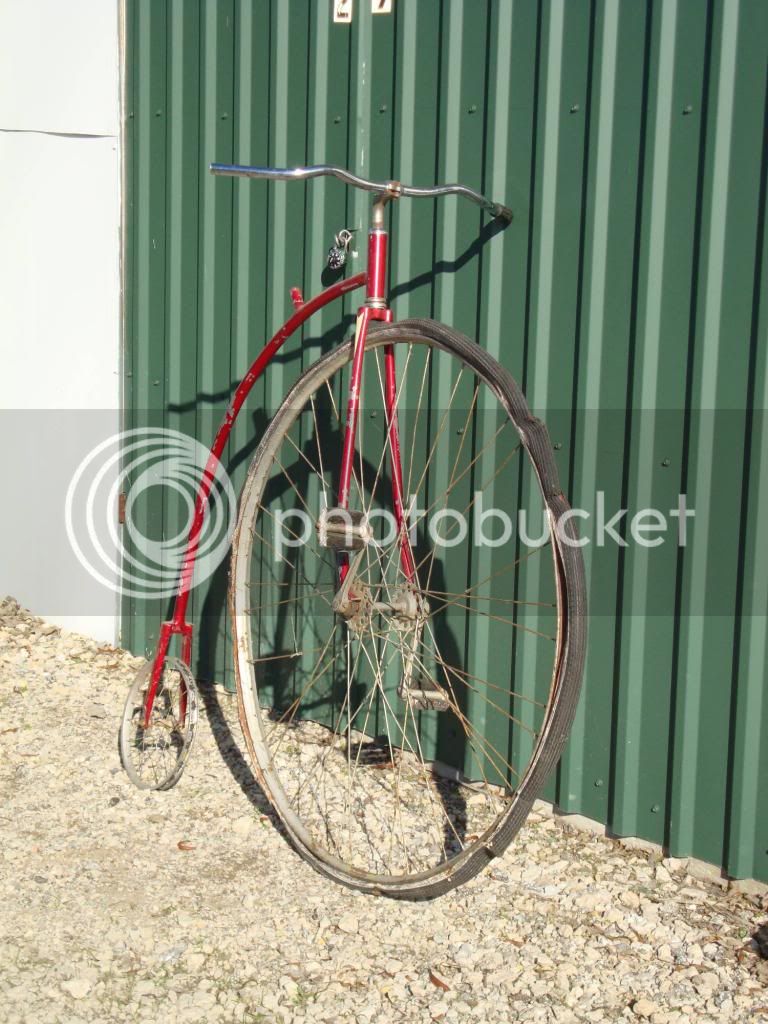
I found these handlebars (Dallas handlebars is what the old guys called them). I think them look appropriate.
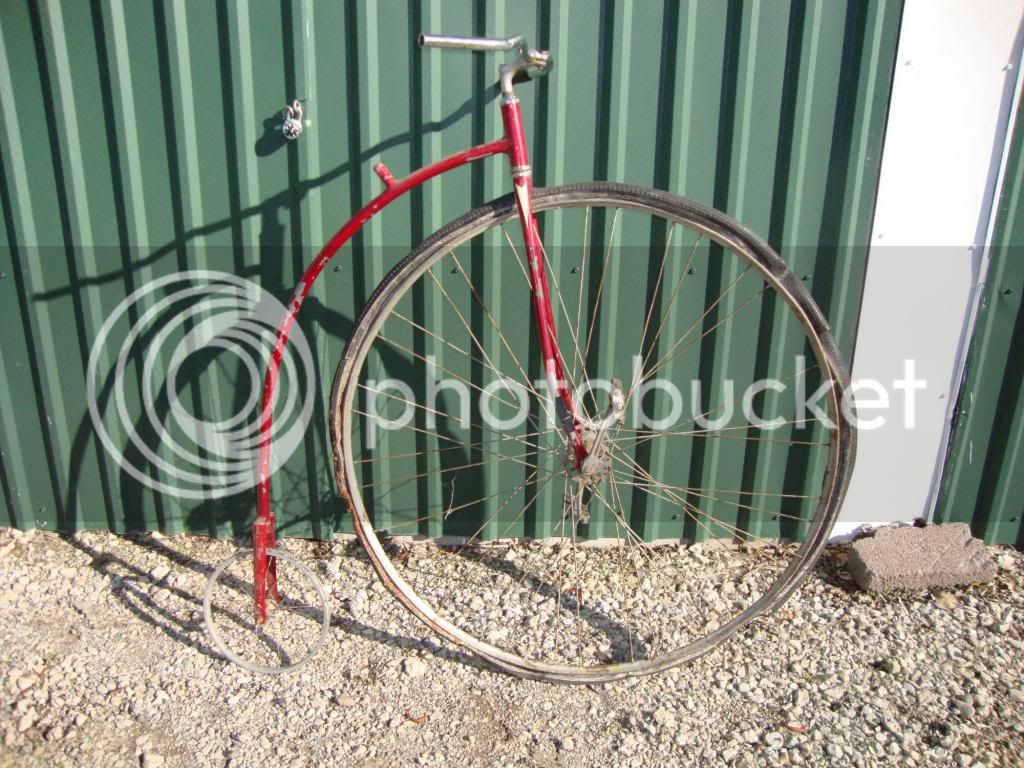
The front rim is made from two rims welded together.
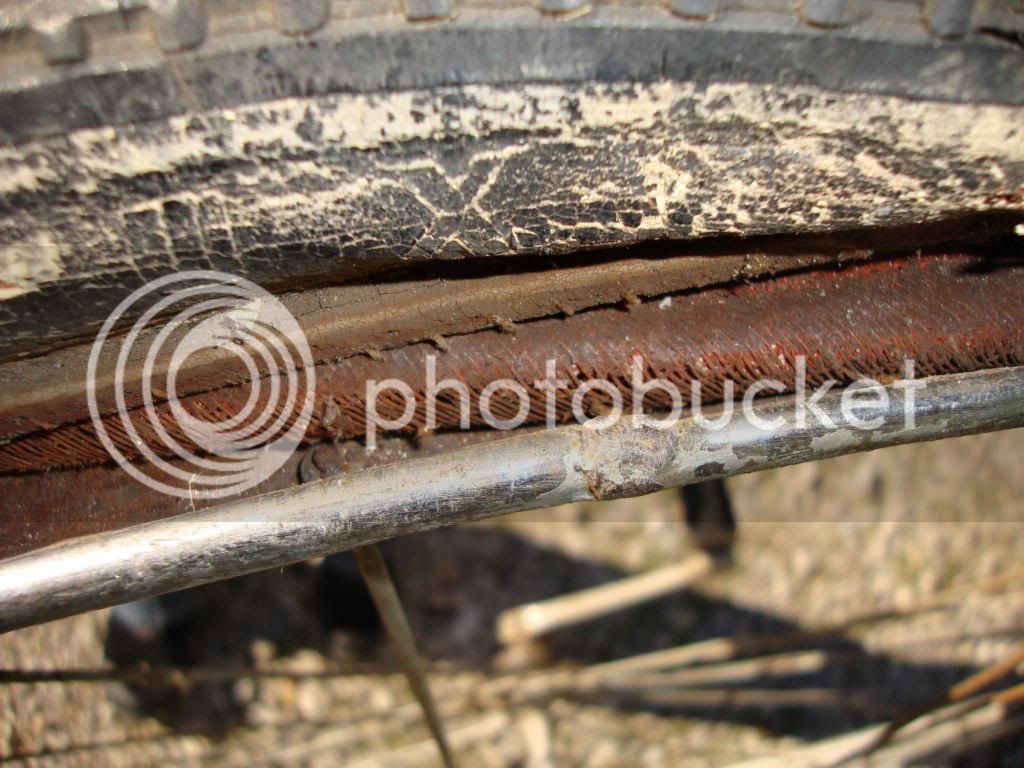
The hub I can't identify but appears to be modified to work.
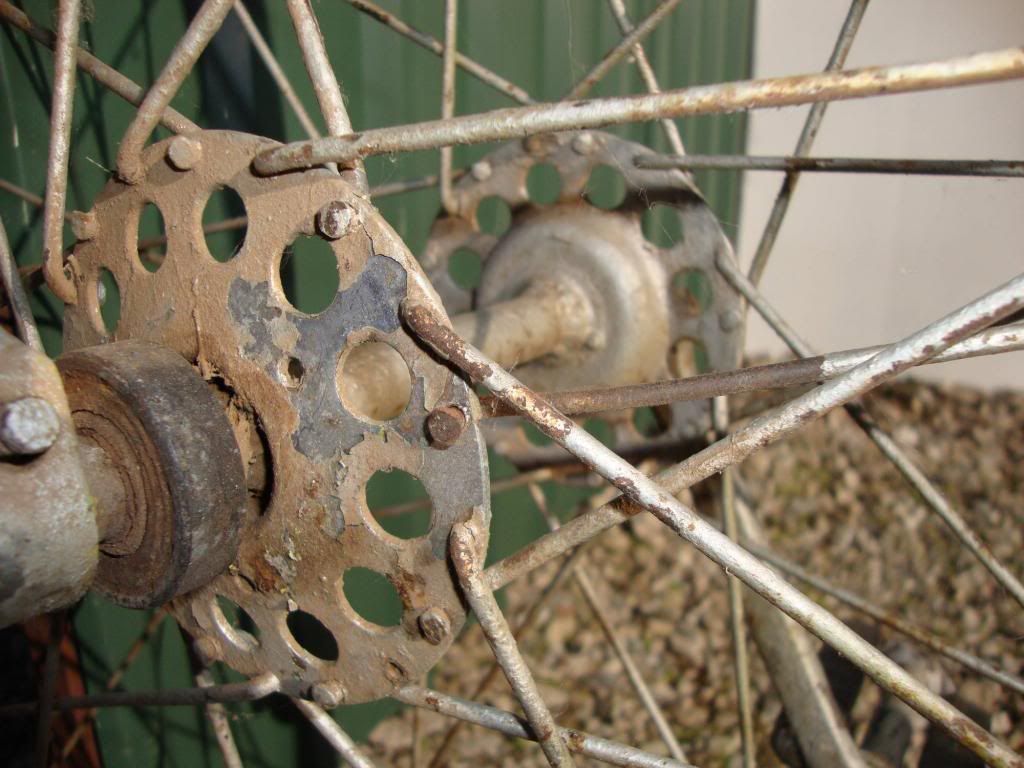

I found these handlebars (Dallas handlebars is what the old guys called them). I think them look appropriate.

The front rim is made from two rims welded together.

The hub I can't identify but appears to be modified to work.






